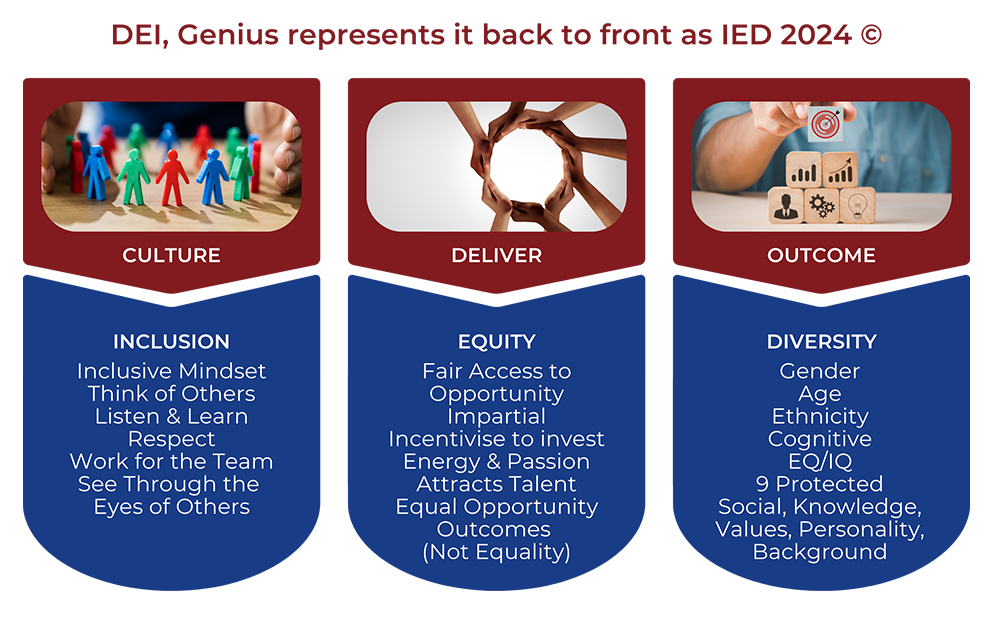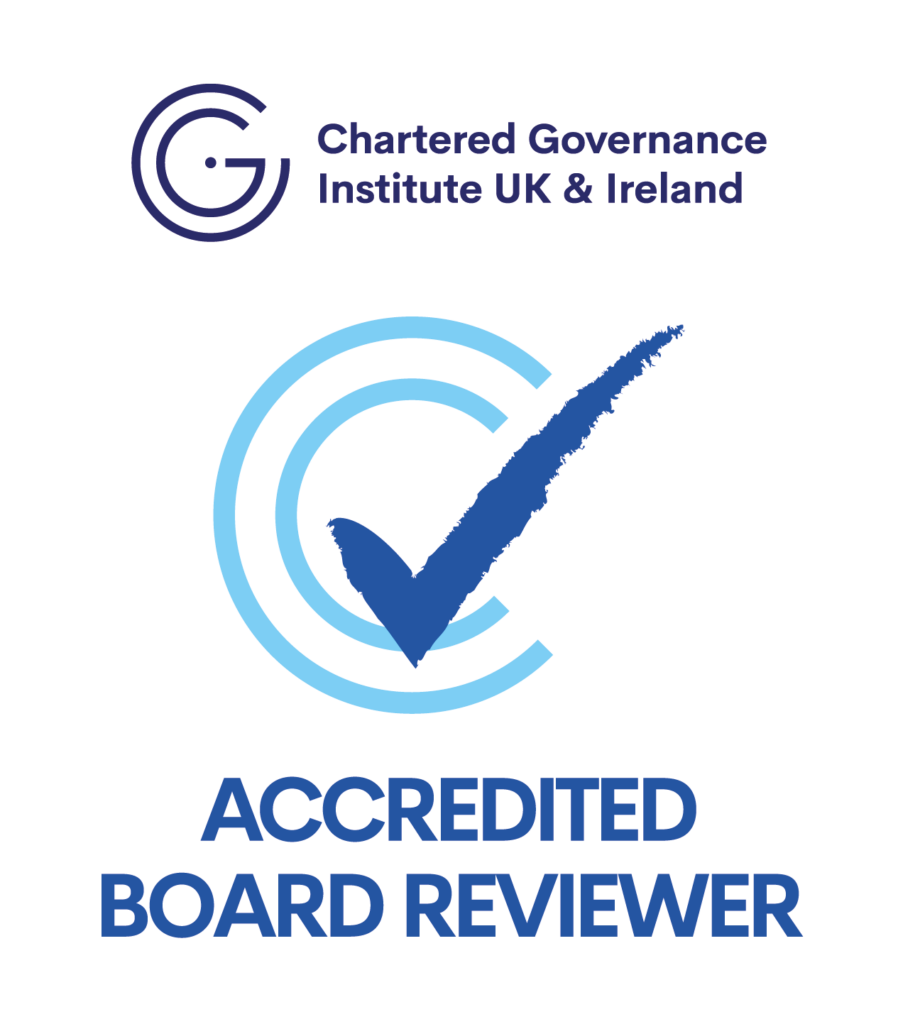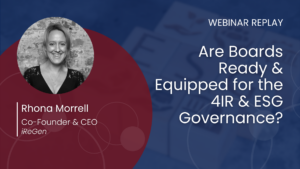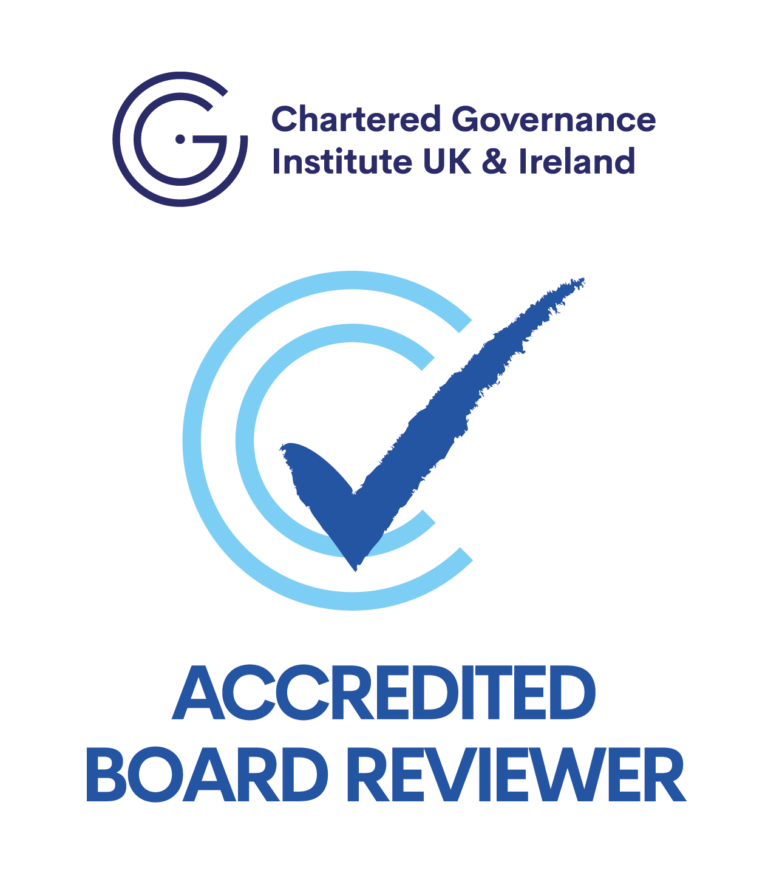Why Should Boards Rethink Their Approach to DEI
Diversity, Equity, and Inclusion (DEI) has long been viewed as a business imperative, yet many corporate DEI strategies remain flawed. Too often, DEI efforts are reactive, focused on representation metrics or symbolic gestures rather than creating long-term, sustainable change.
Boards that treat diversity as a checkbox exercise—hiring quotas, demographic targets, and performative activism—risk failing to create meaningful impact.
The result?
DEI scepticism among employees, disengagement, and an erosion of trust in leadership’s commitment to an inclusive culture.
For DEI to succeed, boards should shift their approach from seeing diversity as the goal to understanding that diversity is the natural result of a well-structured governance strategy. This is where Genius Boards’ IED Model (Inclusion, Equity, Diversity) provides a smarter, governance-driven framework.
The Flaws in Traditional DEI Execution
Why do so many DEI programs fail?
Many corporate DEI strategies fall into the same three traps:
- Hiring Quotas Without Culture Change
- Many organisations set diversity targets without first addressing structural inequities or workplace culture.
- Hiring diverse talent without ensuring inclusion leads to high turnover and disengagement.
- Performative Activism Over Sustainable Policy
- DEI should be rooted in governance and business strategy, yet many initiatives rely on one-off campaigns, public pledges, or annual reports rather than actual systemic change.
- Employees see through surface-level DEI initiatives when leadership fails to back them with meaningful action.
- Lack of Board Accountability
- DEI is often delegated to HR, while boards and executives fail to integrate DEI into business performance metrics.
- Without leadership ownership, DEI efforts remain fragmented and disconnected from broader governance.
This outdated approach leads to employee disengagement, legal risks, and missed business opportunities. Boards must evolve their thinking, moving beyond diversity as a metric and toward inclusion as a mindset.
The Genius Boards Approach: IED – Inclusion, Equity, Diversity
To drive authentic, measurable, and lasting impact, Genius Boards introduces the IED Model (Inclusion, Equity, Diversity)—a governance-first approach that prioritizes structural inclusion and equity before focusing on diversity outcomes.
Step 1: Inclusion First – Building a Leadership-Driven Inclusive Culture
What is Inclusion?
Inclusion is the foundation of sustainable DEI. Without an inclusive mindset at the leadership level, diversity efforts become symbolic rather than impactful.
How Boards Can Implement Inclusion:
- Executive Culture Shift: Leaders must model inclusion by actively engaging with diverse perspectives.
- Boardroom Representation: Ensure boardrooms reflect a range of experiences and viewpoints, leading to more well-rounded decision-making.
- Listening & Accountability: Foster a speak-up culture, where employees feel heard and valued at every level.
Case Study: How an FTSE 100 Company is Prioritising Inclusion at the Leadership Level
A leading FTSE 100 financial institution realised that diversity hiring alone was not translating into leadership representation or improved workplace culture. By embedding inclusive leadership principles into board training and decision-making, the company:
- Increased underrepresented leadership representation by 23% in three years.
- Implemented a structured board evaluation process, aligning executive inclusion KPIs with performance reviews.
- Created a feedback loop between employees and leadership, increasing engagement and trust.
📌 Key Takeaway: True inclusion starts at the top—if leadership does not embrace it, no amount of hiring will fix systemic issues.
Step 2: Equity – Removing Barriers & Ensuring Fair Opportunity
What is Equity?
Equity is not the same as equality. While equality provides everyone the same resources, equity ensures fair access to opportunities by addressing structural barriers.
How Boards Can Implement Equity:
- Compensation & Pay Transparency: Boards should audit pay structures to eliminate gender and racial wage gaps.
- Merit-Based, Accessible Leadership Pipelines: Remove biased hiring and promotion barriers, ensuring qualified talent has equitable access to career progression.
- Policy-Driven Governance: Establish board-level DEI KPIs tied to measurable business outcomes, not just demographic data.
Case Study: Equity in Action – Standard Chartered’s Parental Leave Policy
Standard Chartered Bank identified that traditional parental leave policies disproportionately impacted women’s career progression. In response, they:
- Introduced a global, gender-neutral 20-week paid parental leave policy.
- Increased female retention in mid-management roles by creating a more equitable leadership pipeline.
- Strengthened investor confidence, leading to a 17% increase in institutional investment interest.
📌 Key Takeaway: Equity-focused policies drive measurable outcomes in leadership retention, workforce stability, and investor trust.

Step 3: Diversity as the Outcome
What is Diversity?
Diversity is not the goal—it is the result of a strong culture of inclusion and equity. When boards prioritise governance-led DEI strategies, diverse representation naturally increases.
How Boards Can Achieve Diversity Sustainably:
- Ensure Inclusion & Equity First: If boards focus on building inclusive cultures and removing systemic barriers, diversity will increase organically.
- Move Beyond Representation Metrics: Instead of setting hiring quotas, boards should track leadership mobility and retention as indicators of real progress.
- Align DEI with Business Strategy: Diversity should not be a compliance task; it must be embedded in innovation, risk management, and competitive strategy.
- Broaden the Definition of Diversity: Ensure that diversity efforts go beyond visible traits to include cognitive and experiential diversity—the different ways directors think, solve problems, and bring real-world context to board decisions.
Case Study: Diversity as a Natural Outcome – Brazilian Energy Company
A Brazilian energy company recognised the severe underrepresentation of women in skilled trades and launched a board-led training initiative focused on increasing gender diversity in electrical engineering roles. The results:
- 35% increase in female electricians in five years.
- 76% retention rate among program graduates, outperforming industry averages.
- Improved operational performance due to increased workforce engagement.
📌 Key Takeaway: When inclusion and equity are built into governance, diversity follows without the need for artificial hiring mandates.
IED: A Governance-First Approach to Sustainable DEI
The IED model offers boards a structured framework that moves beyond performative DEI efforts toward long-term, measurable success.
Traditional DEI Approaches vs IED
| Traditional DEI | IED (Genius Boards’ Approach) |
| Focuses on diversity first (quotas & representation). | Starts with inclusion and equity as foundational principles. |
| Often delegated to HR with little board oversight. | Embedded in board governance, leadership evaluation & risk strategy. |
| Treats DEI as a separate program. | Aligns DEI with business objectives, workforce retention & innovation. |
| Short-term focus (e.g., hiring targets). | Long-term, sustainable board strategy. |
What’s Next? Connecting DEI to Board-Level Strategy
Now that we’ve redefined DEI through the IED model, the next step is to embed it into broader board governance structures.
In our next article, we’ll explore how ESG itself must be restructured to prioritise governance first, introducing Genius Boards’ GSE (Governance-Social-Environment) model—a smarter, board-driven approach to sustainability.
What’s Next? Embedding DEI into Board Strategy
Now that we’ve reframed DEI through the IED model, the next step is to understand how deeper, often-overlooked forms of diversity, such as cognitive and experiential diversity, drive better board decisions. In our next article, we explore how these less visible dimensions of diversity sharpen boardroom thinking, reduce risk, and create a more resilient governance culture.
Accredited Board Reviewer
Providing independent Board Performance Reviews for enhanced Board effectiveness.

Genius Boards’ Commitment to Smarter Governance
At Genius Boards, we help leaders integrate governance-first strategies for DEI, ESG, and risk maturity. Would you like to explore how your board can future-proof its leadership approach? Contact Genius Boards for expert advisory and board governance solutions.
How is your board navigating the future of DEI?





























